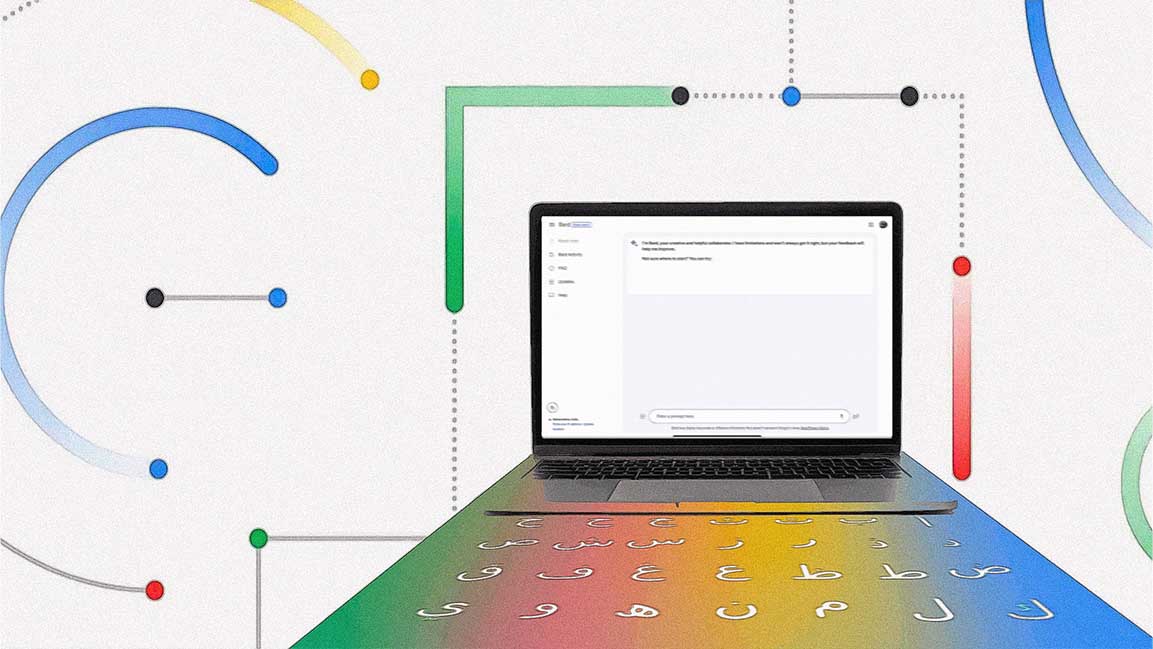- | 12:00 pm
Google launches generative AI experiment Bard in Arabic
Bard understands 16 different Arabic colloquial dialects

Now accepting applications for Fast Company Middle East’s Most Innovative Companies. Click here to apply.
Setting up an artificial intelligence showdown with Microsoft, which has invested billions in the creators of ChatGPT, the app that convincingly mimics human writing, Google released a conversational chatbot named Bard earlier this year. Since then, the tech giant has tried making Bard conversational AI more widely available.
In its largest expansion, since it launched in English in March, Google today launched Bard in Arabic in Dubai. Powered by Google’s latest language model PaLM2, Bard can understand over 16 Arabic dialects, including Egyptian and Saudi colloquial, and respond in Modern Standard Arabic.
Bard understands different Arabic proficiency levels and multiple-language input that includes Arabic and another language in tandem (known as code-switching) and a user interface that supports right-to-left script.
“We did not want Bard to be set up with rules for how to write in Arabic, such as mandating Modern Standard Arabic as the only script, as we know that there are different Arabic dialects,” said Marwa Khost Jarkas, communications manager at Google MENA.
Jarkas said that including a user interface that supports right-to-left script for Bard in Arabic was one of the most important features they focused on. Users can even ask Bard a question in English and ask it to answer in Arabic.
Najeeb Jarrar, regional marketing director at Google MENA, says the key is to appear authentic and almost human-like in the way it interacts with its users.
“Our engineering team and linguist experts worked together to enhance Bard’s capabilities in Arabic. Bard can also understand different dialects and levels of Arabic language proficiency to help more Arabic speakers worldwide,” added Jarrar.
Bard is now available in more than 40 languages worldwide. A new set of features that increases Bard’s accessibility are hearing responses out loud by clicking on the sound icon, saving, organizing, and modifying earlier conversations, sharing responses with friends using shareable links, and exporting Python code to Replit.
































